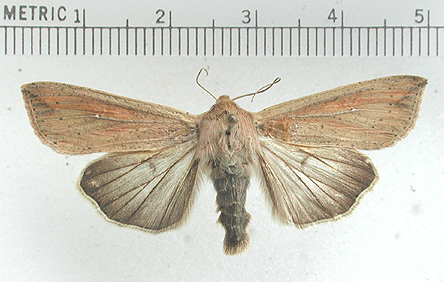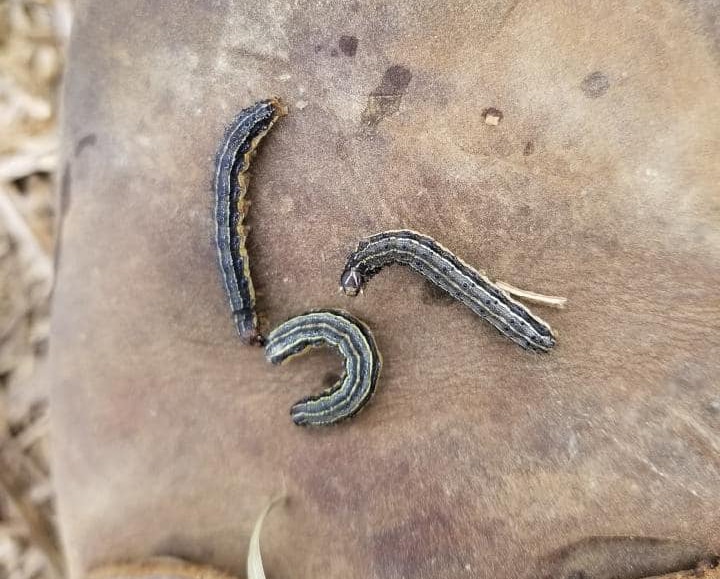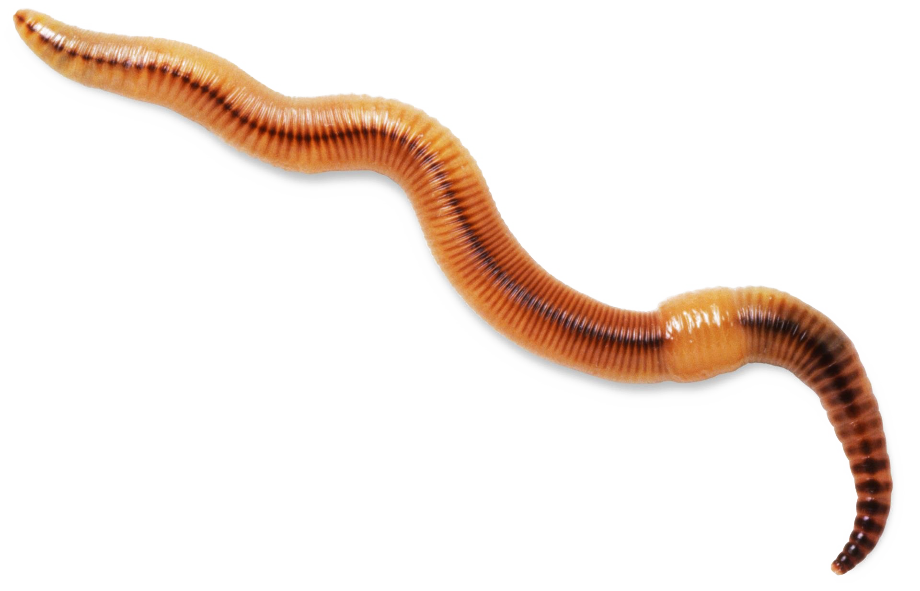
Armyworms often choose areas near healthy, well-irrigated lawns to attack as they “march” across the lawn, destroying it. The brown areas start small and grow every day as the armyworms methodically continue to eat. As the larvae feed, they leave brown patches in the lawn that can be mistaken as heat, drought or even chemical stress. One of the first signs of fall armyworm damage is large brown patches of grass throughout the lawn. Late summer or early fall, when it’s dry and hot, is when these little nuisances make their appearance in the southeast. At the moth stage, they are not a threat to your lawn. After emerging, the adult moth has a wingspan of approximately 1-1.5 inches long and can be difficult to distinguish from other moth species. Within a couple weeks, a new population of moths emerge.

After the armyworms feed on your lawn for 2-3 weeks, they dig into the soil and pupate. Augustine and Rye grass types, to name a few. The fall armyworm enjoys Fescue, Bermuda, St.

Their color changes to brown with white lines on the side and a reddish-brown head. Adult armyworms are approximately 1-1.5 inches in length.

As the armyworm grows, they become noticeable. Young larvae are small, green and difficult to see. Armyworm IdentificationĪn armyworm’s name originates from agriculture where infestations resemble an “army marching” across large agricultural fields. But before we talk about solutions, let’s learn a bit more about these pesky lawn insects. We treated over 500 acres of turf last year alone for armyworms! Fortunately, we have a solution for armyworms. It was one of the worst armyworm infestations we’ve seen in years. Many customers experienced armyworms first-hand in the summer of 2021.


 0 kommentar(er)
0 kommentar(er)
